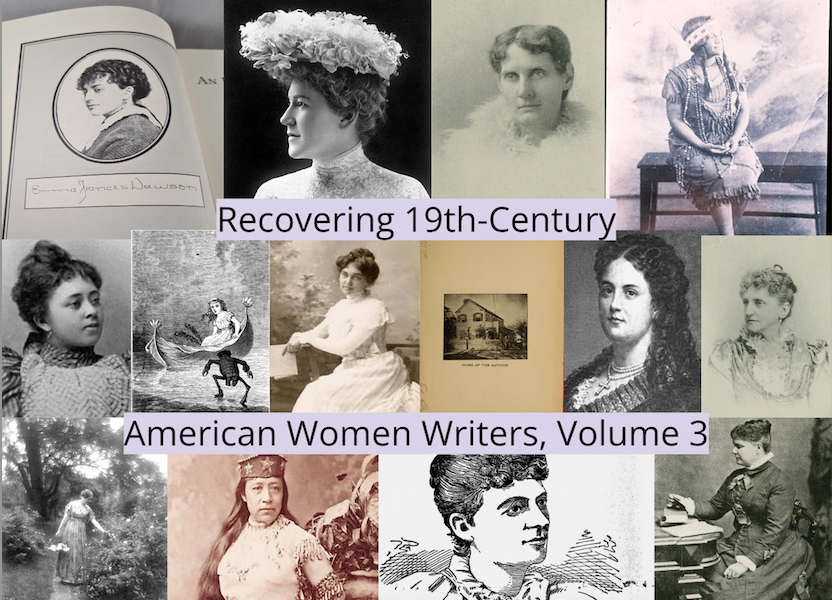
“THE wind stooped down and wrote a sweet, small word,
But the snow fell, and all the writing blurred:
Now, the snow gone, we read it as we pass,—
The wind’s word in the grass.”
-A Windflower “A Handful of Lavender”
Biography
Lizette Woodworth Reese was born in 1856 in Waverly Maryland, an agricultural town on the outskirts of Baltimore. Reese and “her twin sister were the oldest of four daughters and a son born to immigrant parents; her mother came from Germany and her father, who fought for the Confederacy, from Whales” (Scholnick, 214). Growing up, Reese attended private schools in Baltimore where she quickly recognized her appreciation for writing, and after graduating high school in 1873 she began teaching immediately. She began writing on the side and even though Reese decided not to marry, she “supported herself as a high school English teacher, retiring in 1921 after forty-eight years of teaching” in all but two Baltimore public schools (Scholnick, 214). After nearly five decades of teaching, Reese continued to write and in 1893, published her collection of selected poems, A Handful of Lavender.

A Handful of Lavender
A Handful of Lavender, published in 1893, is a collection of Naturalism poetry written by Lizette Woodworth Reese. The collection of poetry surrounds topics of love, loss, and change in a woman’s life. Reese expresses these topics through images and descriptions of nature. She deals heavily with the idea that change should be accepted in one’s life and not feared. She shows through her poetry how change is a natural element in life, and while sometimes sad, it should be embraced.
Link to text: https://quod.lib.umich.edu/a/amverse/BAC5693.0001.001?view=toc

Why It Matters
The reason it is so important to rediscover Lizette Woodworth Reese is because she offers different poetic themes from a woman of the nineteenth century. Additionally, she was one of the first to heavily incorporate naturalism into the poetry scene. While one can learn a lot from her themes and different viewpoints of the nineteenth century, she should also be rediscovered for writing purposes as well. Reese’s work is incredibly lyrical, and she utilizes form and verse in ways that were ahead of their time, yet also traditional. It is important to study the way she wrote her poetry because writers can learn a lot through her form and way of thinking.
Sources
Electronic Text: https://quod.lib.umich.edu/a/amverse/BAC5693.0001.001?view=toc
Scholnick, Robert J. “Lizette Woodworth Reese 1856-1935.” Legacy, vol. 15, no. 2, 1998, pp. 213–21. JSTOR, http://www.jstor.org/stable/25679274. Accessed 8 Dec. 2022.
Turnbull, Grace H. “MISS REESE AND HER LOYAL CRITIC.” Menckeniana, no. 17, 1966, pp. 9–11. JSTOR, http://www.jstor.org/stable/26482845. Accessed 8 Dec. 2022.
